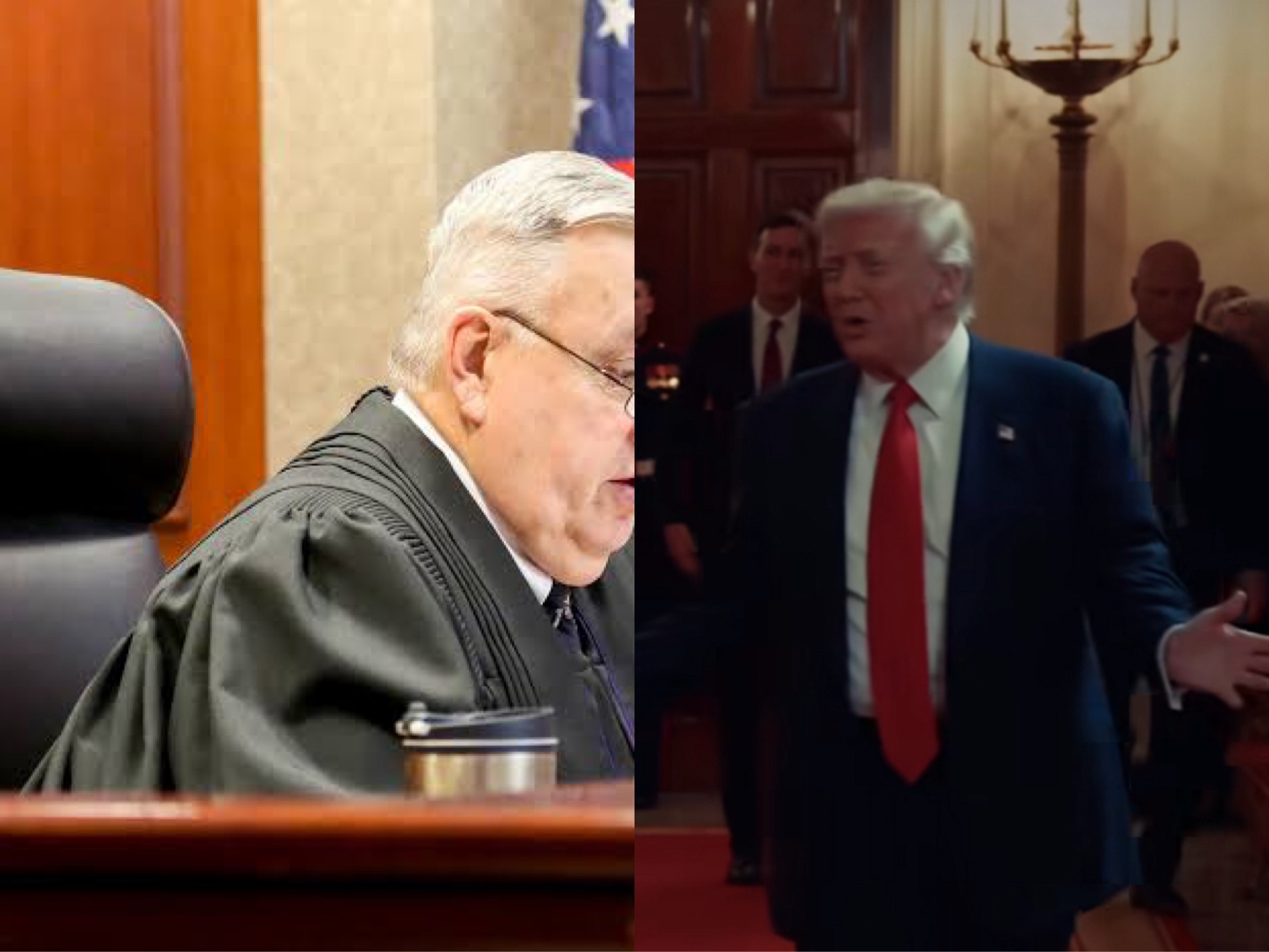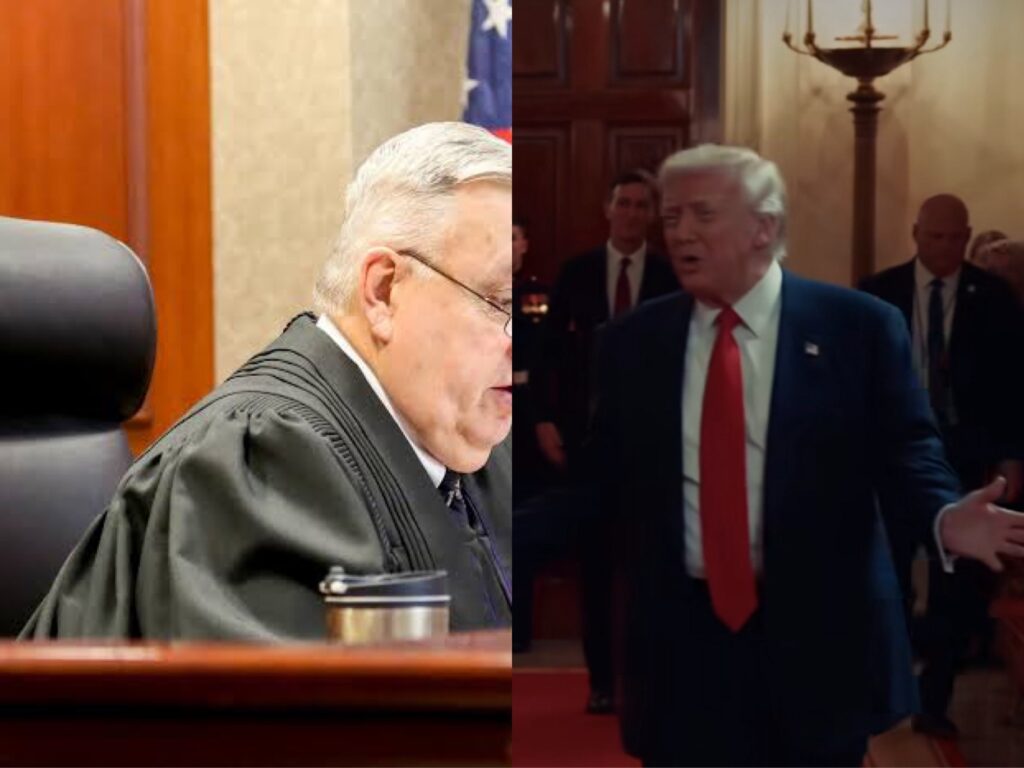NFL
Federal Judges to Hear Emergency Bid to Halt Donald Trump’s $2 Billion East Wing Ballroom Project after multiple lawsuits and unpaid balance legal issues with ACECO

Federal judge to hear emergency bid to halt Trump’s East Wing ballroom project after lawsuits — payment dispute claims swirl around ACECO
A federal judge in Washington, D.C., is expected to consider an emergency bid to stop work on President Donald Trump’s controversial plan to replace the White House’s East Wing with a massive new ballroom, after preservation groups and private plaintiffs filed lawsuits alleging the project violated federal review and historic-preservation laws. The litigation comes amid intense public scrutiny of ACECO — the demolition contractor tied to the East Wing work — and fast-spreading but inconsistent reports about unpaid bills and court-ordered payments to the firm.
What’s before the court
The emergency motion was filed by Virginia residents Charles and Judith Voorhees in the U.S. District Court for the District of Columbia seeking a temporary restraining order to halt further demolition and construction. The plaintiffs say demolition proceeded “without legally required approvals or reviews,” and they allege violations of the National Capital Planning Act and the National Historic Preservation Act — statutes that require design review and public consultation for major alterations to federally owned historic structures. A federal judge will decide whether to grant the requested emergency relief; as of reporting, courts have not set a final hearing date.

Project scale and disputed price tags
Media coverage has used different price tags for the ballroom project — reporting ranges include roughly $250 million and $300 million — far below the $2 billion figure that has circulated on social media. Reporting outlets emphasize that the administration describes the work as privately funded while saying the president has authority to renovate the Executive Mansion; preservation groups argue the size and scope of the ballroom would overwhelm the site and requires public review. The differing dollar figures reinforce that basic details remain contested in public reporting.
ACECO, public blowback and payment claims
ACECO LLC, a Silver Spring, Maryland demolition contractor, has become a focal point in public reaction to the demolition. The company’s involvement drew negative attention online and questions about its regulatory standing, and trade publications and local outlets have reported scrutiny of the firm. Separately, viral claims that a court ordered President Trump to immediately pay ACECO an outstanding balance (and additional penalties) prompted fact-checkers to push back or call the specific social-media versions of those claims misleading. In short: ACECO has been publicly criticized and is under media scrutiny, but some of the louder social-media assertions about an immediate court-ordered payment have been disputed by fact-checking organizations.
Legal arguments in brief
Plaintiffs contend the administration bypassed mandatory reviews — including consultations with the Advisory Council on Historic Preservation, the Commission of Fine Arts and the National Capital Planning Commission — and so the demolition and follow-on building work should be paused until the statutory processes are honored. The White House has defended the renovation as within presidential authority and has said it will present plans to the relevant federal commission, but that explanation has done little to calm preservationists or lawmakers worried about precedent and transparency.
What to watch next
Whether the court issues a temporary restraining order (TRO). If granted, a TRO could pause construction or demolition while the court considers the underlying legal claims, although by the time the motions were filed most reporting indicated much of the East Wing had already been demolished. Any credible records of contract disputes between ACECO and the White House or other entities. At present, reputable outlets report public scrutiny of the contractor and note social-media claims about court payments have been challenged by fact-checkers; independent confirmation from court dockets or major news organizations would be required to accept the more dramatic payment claims. Congressional or federal-agency responses. Lawmakers and preservation groups have signaled they may press inquiries into the project’s funding, donor lists and compliance with planning rules.
Voices on both sides
Preservation advocates warned the ballroom would “overwhelm the White House” and called for the standard review process to proceed before irreversible demolition. The White House has framed the project as a routine presidential renovation and emphasized the president’s authority to modernize and renovate the residence. Meanwhile, ACECO — whose public profiles and lines of communication temporarily went quiet amid the online backlash — has not publicly confirmed the most sensational payment allegations circulating online.
Bottom line
The judge’s decision on the emergency motion will be a key near-term test of how courts treat citizen and preservationist claims that a president’s renovation of a national landmark must comply with statutory review processes. The ACECO payment stories underscore how quickly contested claims can spread on social media; reporters and readers should rely on verified court filings and major news outlets before treating those payment claims as settled fact.












